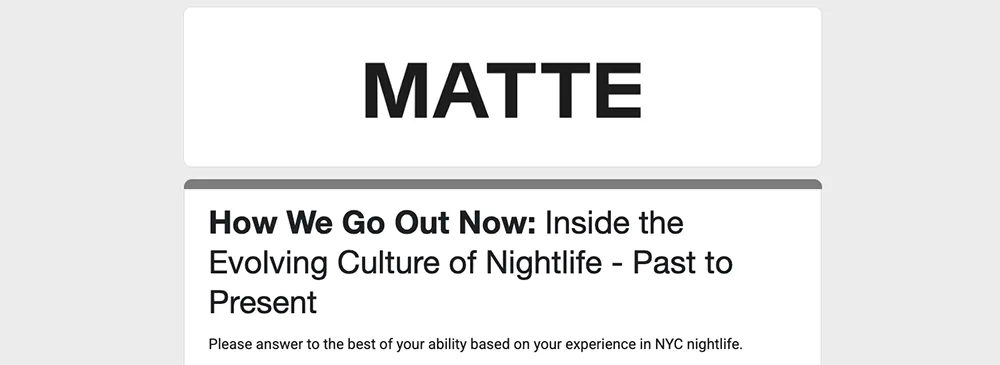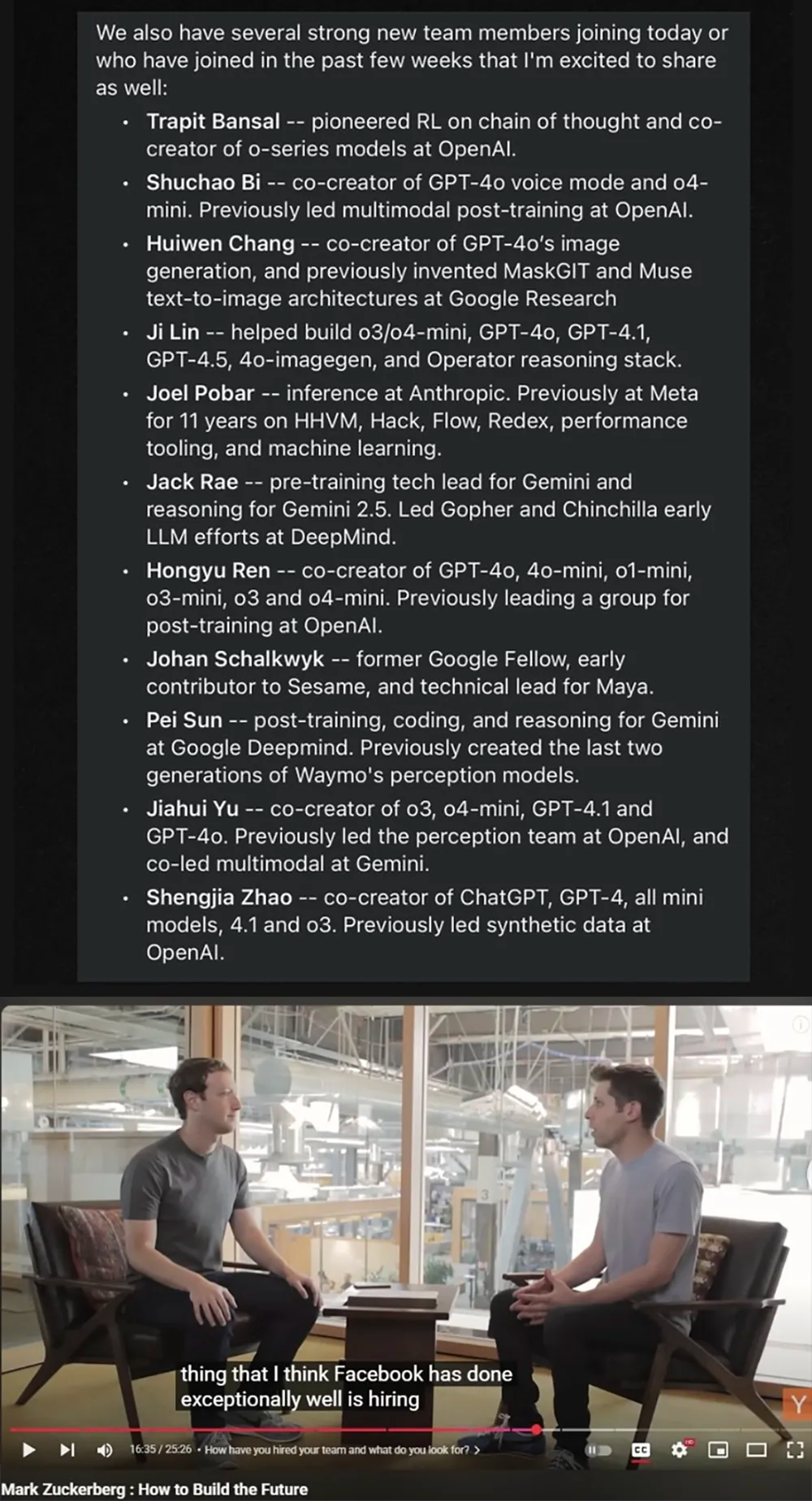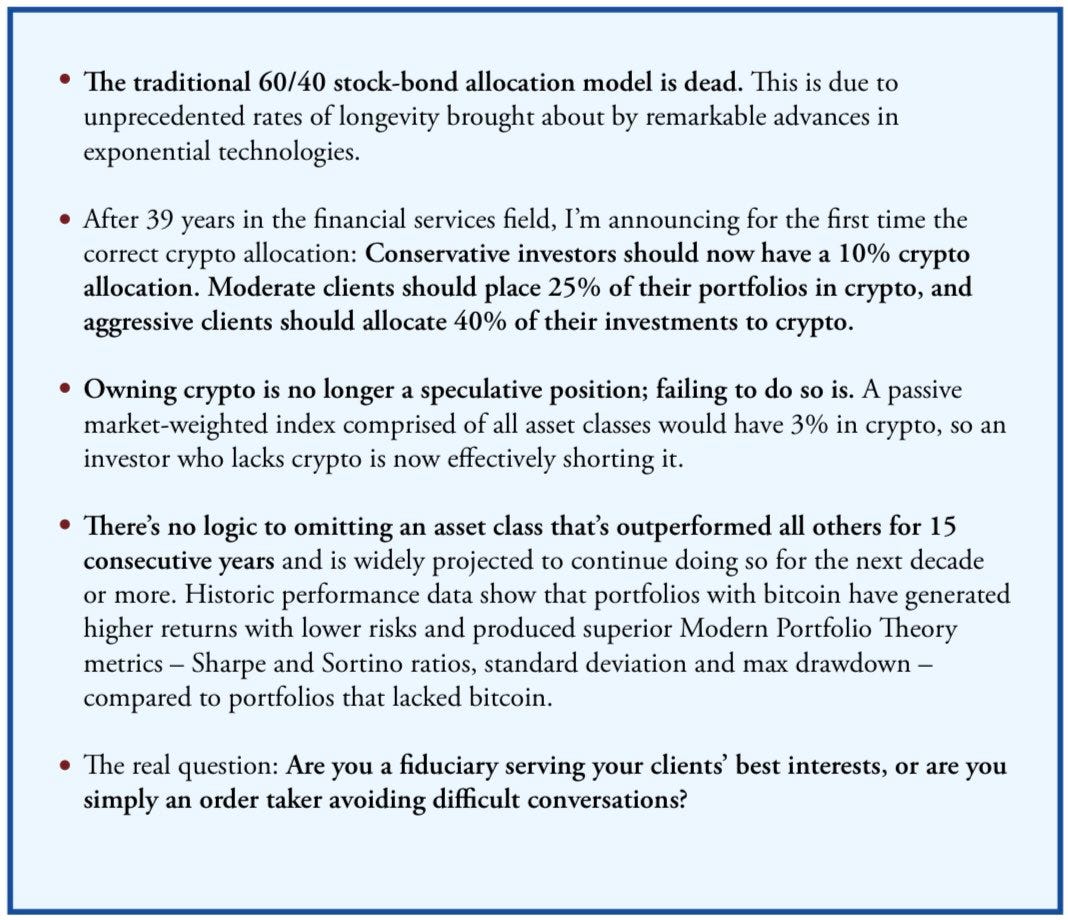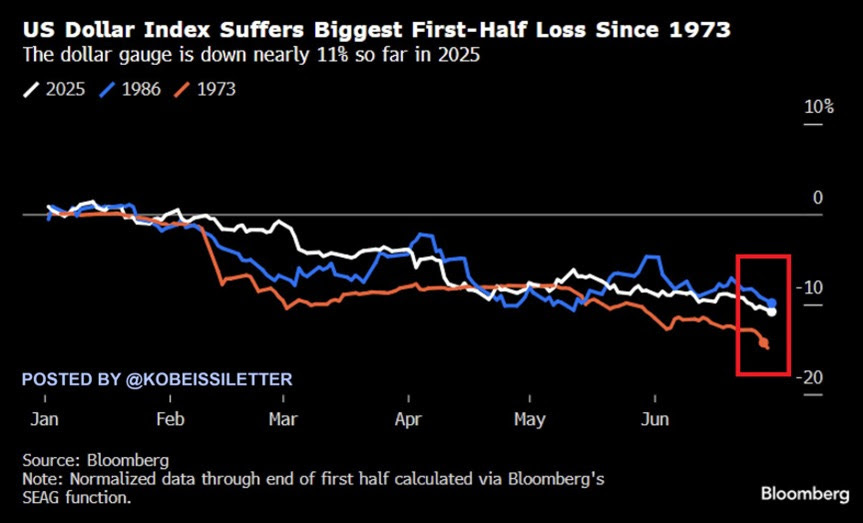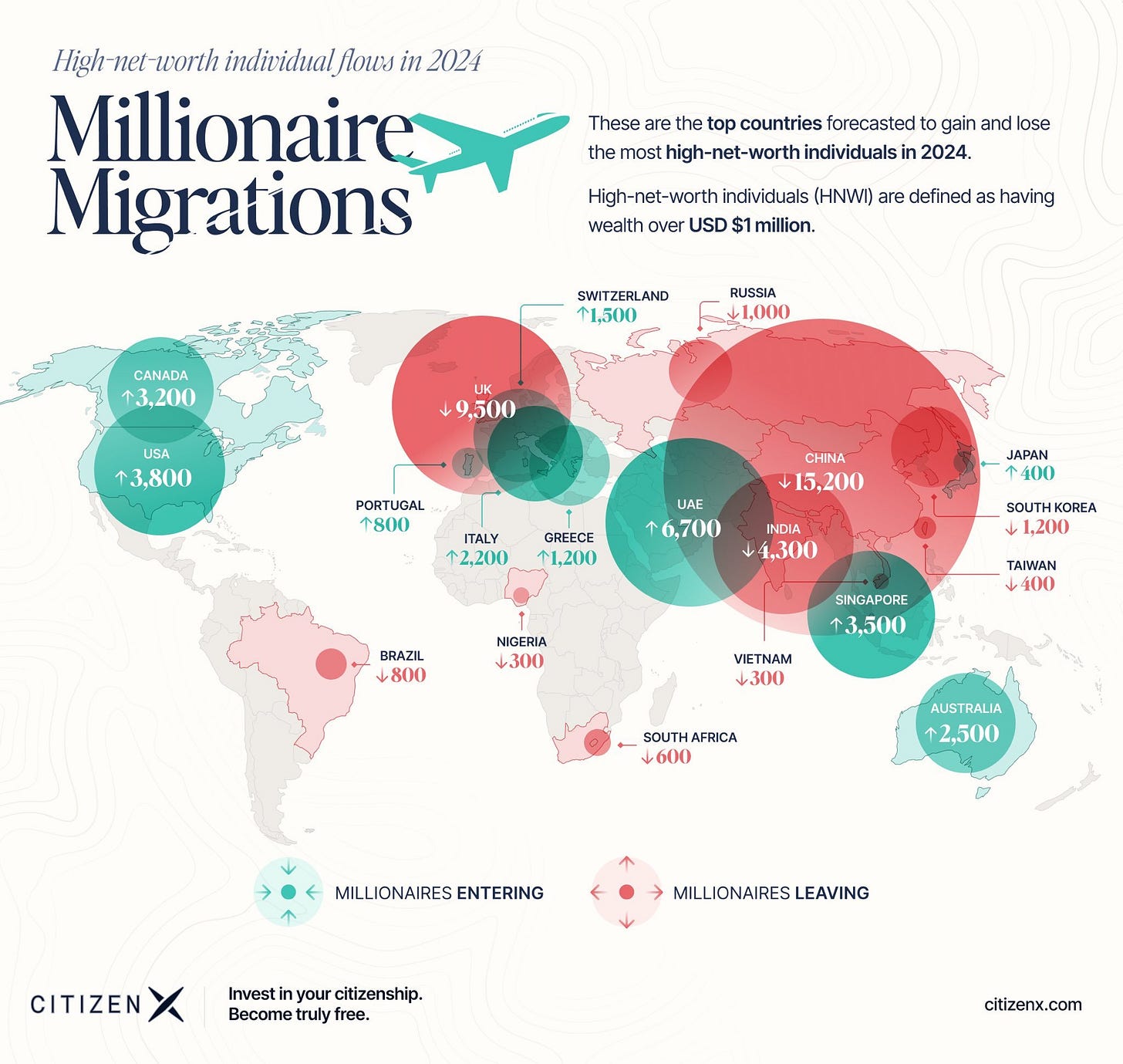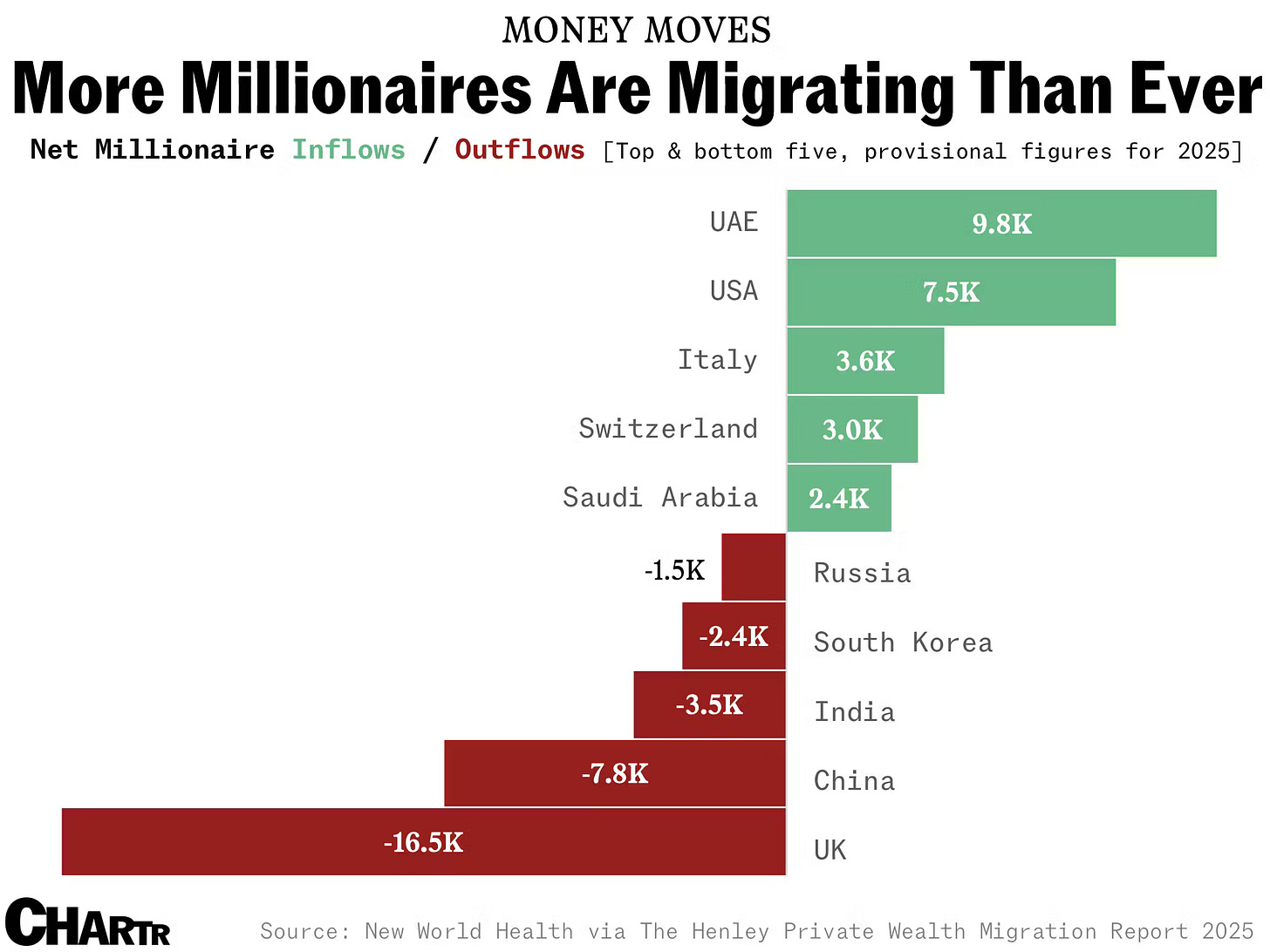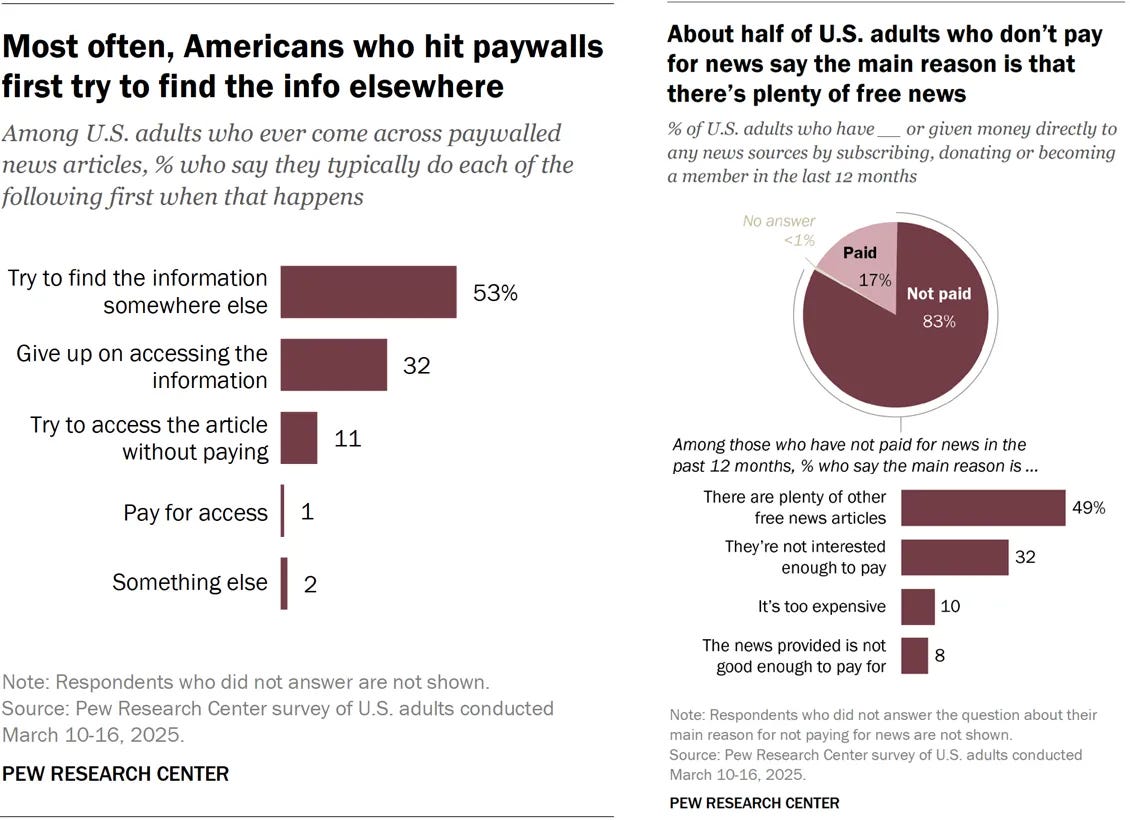INTAKE 23
A HALF YEAR IN. LUMINARA. UPCOMING TAKE ON NIGHTLIFE. IDENTITY CREATION LEGENDS. GOOGLE x GENTLE MONSTER. JOKERS. NOTHING COMPANY. HUMAN CELL ATLAS. SPACE FORGE.
"The best time to plant a tree was 20 years ago. The second-best time is now."
I'm halfway through self-imposing a goal of writing every week for a year. Until this experiment, I'd never been an outward writer, but I do love to read. I was listening to Scott Galloway talk about starting No Mercy No Malice, and how to this day he still forces a weekly deadline, sits on Thursday nights, and composes thoughts on a topic.
Hearing that, I decided to try a year of distillation, as a challenge to myself that would have some benefits, mainly to become a better writer, produce ‘thought leadership’, and sharpen my critical thinking. What I’ve learned so far is:
It’s a lot more work than I thought. Probably 20-30 hours, if not more, between the reading and piecing it all together.
It requires blocks of uninterrupted focus, at least for me. I cannot write for say 45 minutes in the morning with my kids running around, or in short gaps between meetings. Finding blocks of focus while running a business and raising two girls is a challenge to say the least.
I get stressed out when I miss a self-imposed deadline.
I get e-mails that people actually enjoy it; these are incredibly inspiring and help me keep at it.
Last week, I surpassed 3,000 people reading on a weekly basis. Some people have given input, which leads me to rethink the structure – please weigh in or send me emails with any feedback.
As I’ve done more of these, they’ve gotten LONGER, as there’s just so much that interests me in a given week. People have advised me to:
Do more frequent, shorter entries. (2x a week instead of 1). Letting things hit when they're most topical as well.
Revise structure to be less ‘in depth’ on so many things, choose a few key ones that really entice me, and provide a linked list to the others.
Create LinkedIn articles by selecting sections from the larger ones and posting them daily. This actually lets me assess engagement across specific topics, which helps inform me on what people are most interested in.
Would love your thoughts.
LUMINARA
I’m a few days late with this issue due to perhaps one of the largest projects I’ve worked on to date.
For the past several months, we’d been working with Lede on the creative production for Luminara, which launched earlier this week. Producing a 200-person gala-style dinner on a yacht, along with live performances and extensive programming, was a handful. Lots under embargo, but I expect the press to hit on this soon. The guest list definitely lit up Instagram.
ASKING FOR YOUR HOT TAKE ON THE STATE OF NIGHTLIFE
I’m working on a larger piece on Nightlife today vs a decade ago, specifically in New York. What’s changed, stayed the same, gotten worse or better. Theres a lot of articles on the decline of drinking and partying but thats not what I see from the times I do go out. I’ll be publishing this next week including conversations and insights from people in the space. I’d love more input on where everyones finding GOOD these days.
If you’ve got 5, please take the survey.
ART AND CULTURE
IDENTITY CREATION
A new favorite account, Logo Decks, profiles the most iconic brand systems and the people behind them. Designers or anyone looking to build a brand can spend a lot of time here learning about the greats.
GOOGLE BUYS IN ON GENTLE MOSTER
After announcing a team-up on smart glasses, Google is doing more than just a collaboration, buying a 4% stake in Gentle Monster for $100 million. Meta has collaborated with Ray-Ban and now Oakley, but nothing this bold.
It’s a bet on the future of smart glasses, acknowledging that fashion plays a huge role in the success of these products.
Google was first out of the gate in 2012 with Google Glass, promising an augmented future, only to discontinue the project. The product being ugly and something nobody would actually wear probably played a role in that.
VOGUE’S END OF AN ERA
Anna’s exit at Vogue resembles more of a signal to the end of a period of publication dominance, gatekeepers, and big media’s editorial authority. The irony of her departure being followed by the Sanchez cover, whether paid for or not it;
“May go down as the most tone-deaf glam shoot of the decade. Lit like a Pinterest vision board, styled like a PR pitch deck, and delivered with all the depth of a tax write-off.”
- DotDotDot
I loved Christopher from DotDotDot’s take on the changing power dynamics and the emergence of the ‘wildcard’ as the leading arbiters.
His analogy of the Joker, part critic, part creator, part fan, emerging as the media’s old guards age out is sharp and honest. Big media has become less and less dominant over everything from trends to elections.
From Ly.as, to Outlander, to Emily Sandberg, it’s independence, irreverence, and ability to move at a different pace that’s driving the conversation now. I highly suggest the longer read.
LUXURY BRANDS IN PRINT
If the Editors and legacy magazines are no longer required to validate, perhaps we’ll see media budgets move around from paid to self-produced.
We’re seeing so much beautiful print from luxury brands. BoF ran an article last year on how brands are using their own print publications to escape the algorithm; it’s a trend I’d like to see continue.
Chanel’s Arts & Culture Magazine Vol. 1, Acne Paper, and MuiMui’s literary club are among some of the more recent forays.
CAMPAIGNS THAT ‘HIT’ THIS WEEK
Rhode dropped whats sure to be the next viral item, not the new lip tint itself, but the peptide waist chain.
Samual L Jackson delivered a perfect analogy on the wonder of the pyramids and why humans are obsessed with things made to last and like nothing else, for adidas. (shot by one of my favorites Thibaut Grevet).
Burberry dropped visual ASMR with their patterned vinyls.
WHY META’S GOING SO HARD ON AI TALENT
“Half the money I spend on advertising is wasted; the trouble is I don’t know which half.”
John Wanamaker
This week, Alexander Wang revealed a list of poached talent so far in his ‘excited to be working with’ where he named names:
The talent war in AI is being compared to Messi’s Miami deal (Wired), with $300m pay packages over three years and $100m signing bonuses. Honestly, it makes sense. This space is moving at rocket pace, it’s an arms race between titans, and the impact on respective businesses will far outweigh a billion or two spent on top talent.
Meta has the real edge if it can nail AI and integrate it into its advertising stack. They already have one of the most effective targeting and digital advertising platforms, and money has been flowing from traditional media here already. If they flip on the ability to create ads using their data, very few outside Google can compete.
You may not realize, but 4 out of 5 people in the WORLD (outside of China) access Facebook daily. The win here is B2B advertising tools for small, medium, and even large businesses.
The challenge will be convincing talent that they can have ‘impact’ at Meta over OpenAI, Selling ads…
WERE GONNA LIVE LONGER. THE 60/40 PORTFOLIO WON’T SUPPORT IT
Ric Edelman, Founder of a 300b investment advisory firm and a renowned financial advisor, made a significant statement by releasing a white paper in June, challenging the 60/40 (stock/bond) ratio with bold advocacy for a 40% crypto allocation for aggressive investors. Mainly because we’re going to live longer. The Compound and friends have a full interview with Ric that’s worth a listen.
Longevity is changing how we need to look at risk, by extending our time horizon by decades. If you’re alive by 2030, there’s a huge chance you’ll live to 100. AI’s impact on medicine, things like the Human Cell Atlas (see below), innovations in cancer research, food & diet, even self-driving cars, are all building a world with fewer mortality causes.
The old adage was to be aggressive in your 20s, then start shifting more conservative as you get to the 40s and 50s. If we’re going to live into our 100s, that means two things:
We have a lot longer of a time horizon to be aggressive
We’re going to need our money to go a lot further
Also, with the U.S. Dollar getting destroyed, I can see his logic in being aggressive.
PREDICTION MARKETS PROVIDE NEW SOURCE OF TRUTH
An unexpected side product of prediction markets has been the accuracy and truth driven by free markets. Polling has been objectified; different media platforms use it to push a narrative they want to see, or to omit what they don’t want to happen.
The single best predictor of the presidential election was betting platforms, which called the election way before news sites could. Polymarket has achieved 94% accuracy in predicting events.
Essentially, money talks, and in the instance of predictions, it’s got more clarity.
To that note, Kalshi just raised $185 million, giving it a $2b evaluation, just days after rival Polymarket raised $200 million at a $1b evaluation. Kalshi is the only regulated prediction market operating in the US.
MILLIONAIRE MOVEMENT
A record 142,000 millionaires are expected to relocate in 2025.
“Wexit” (Wealth Exit), driven by higher taxes, better opportunities in markets more friendly to business, and instability, are some of the driving factors. In 2025, wealthy people are migrating more than ever.
The UK is hit the hardest by far, facing the biggest wealth exodus ever recorded, with 16,500 millionaires expected to leave in 2025. Why that matters is that approximately $92 billion worth of assets will flow with them.
As capital moves, jobs and talent will follow. The UAE, Singapore, and Australia are becoming the new markets, while North America, despite the fire and brimstone we see in the press, continues to attract capital.
NOBODY WANTS TO PAY FOR INFORMATION
A recent Pew research survey is calling us all out; Americans really don’t want to pay for their news. It’s a quandary in a world with too much information, but quality does need compensation. A dying subscription model means larger publications go for clickbait to drive views or lean harder into reporting that fits a base they have.
Quality will rein, we're seeing this in a few ways. Top writers are leaving legacy to go independent on platforms like Substack, while places like Atlantic are offering astronomical salaries ($300k+) to secure the best.
Journalistic integrity is under pressure if we don't pay for quality. I’m guilty of it, although I subscribe to Apple News, which gives me access to about 80% of the stuff I want to read.
TECH AND INNOVATION
NOTHING IS ON FIRE
The company that started a movement away from overstimulation, through a phone stripped down with badass design, has launched the third generation phone and now brings headphones to market. I’m loving their product designs – simple, modular, very ‘teenage engineering’ esque.
The headphones are badass.
HUMAN CELL ATLAS
Started in 2016 with the aim to build a biological atlas of every cell in the human body. The project is moving fast, AI is helping, as is a global community of contributors that is expanding exponentially. It’s not a far-off timeline, with completion goals of 2028–2033
A great article on why this is important and what can come from it. Everything from anti-obesity drugs to regenerative medicine and providing greater global health equity can stem from this research.
SPACE FORGE
We’re farming crystals in space for industrial assembly. I love how we're entering such a sci-fi era; human progress and ingenuity truly inspire me.
This is going to open up industrial production off-planet, where it’s actually better suited. Vacuum, weightlessness, and near-zero temperatures are all extremely beneficial factors for this type of production. Then there is the added value of not needing to send payloads into space. The next frontier is no longer a realm of science fiction; it’s happening now.
WE CAN NOW BEAM ENERGY
I remember reading “The Next 100 Years” in 2009. It’s a book by George Friedman, a macrohistorian who examines geopolitical trends spanning decades or longer periods of time. There was a whole section on how scientific breakthroughs would allow energy to be beamed anywhere from massive solar farms in space.
Around the same time, there was an ex-military consultant that came by my office to talk about emerging technology soon to be de-classified that would impact commercial markets, he talked to me about wireless charging (remember it’s 2009), and how soon you’d never need to plug a phone in again, power would just be ‘beamed out of every Starbucks and charge you constantly’.
It seemed so out there, like fusion or warp drives, that I couldn’t land it in this timeline. Now it’s real, and probably is a lot more advanced than what we have declassified. DARPA just beamed 800 watts of power through the air for over 5.5 miles, then used it to make popcorn.
BOOK OF THE WEEK
The Work Of Art. The former editor of New York Magazine, Adam Moss, has put a tome together exploring the artist's mind. It’s a collection of conversations with some of the most prolific artists of our time, exploring their creative processes. Told through scraps, sketches, and notes, Moss brings us into the creation of art and how that varies.
ON PAINTING
From my muted series. Two pieces in blue. More of my work and process here.
That’s it for this week.






